One of the more curious bayonets in my collection has been variously described as possibly an Australian design for a sub-machinegun (The Bayonet Book – pp4 and 7), or a spike bayonet for a Winchester carbine (BCB – pp199). For the reasons stated by the authors of both publications, either or both could be so.

But regardless, although not produced to ordnance specifications, the piece in question shows a remarkable amount of design ingenuity.
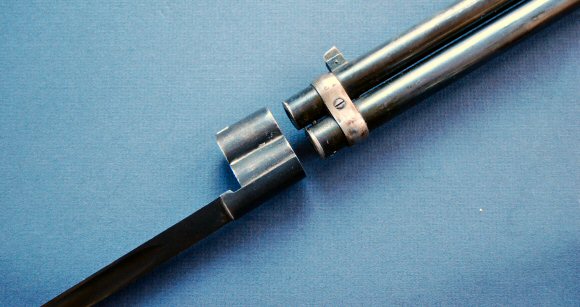
I have not had the opportunity to try fixing it to a Winchester .44 calibre carbine, the weapon suggested by Skennerton in BCB. But although it does not fit, by matching it to the business end of the only Winchester convenient to me (a 30.30 saddle ring carbine) it does appear to be plausible.
The bayonet is made from all new components, and heavily blued overall. The locking mechanism is simple but effective. A catch is mounted on a rocker post with a simple return spring, sufficient to engage it into a notch filed into the barrel.
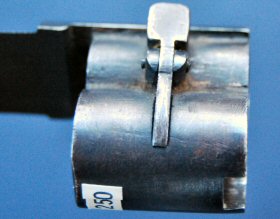
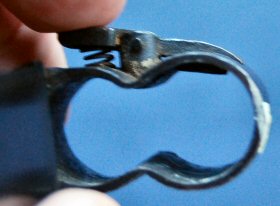
The lightweight construction of the catch would in no way be sufficient to survive a thrust necessary to use it in combat. The designer of the bayonet has overcome this weakness through the simple expediency of cutting a notch in the top of the socket to engage the foresight block.
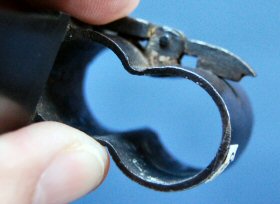
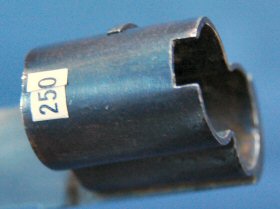
A lip provides further support where the blade is welded to the socket, resting firmly against the tubular magazine of the Winchester. Thus with any forward thrust the bayonet would remain well fixed by these two rear stops.
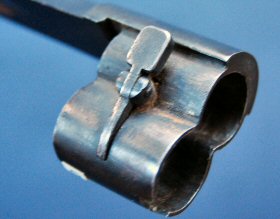
The Bayonet Book cites Australia as the origin, based on examples held in a number of museums there. If anyone has had such sightings, I’d be grateful of news.
One final observation. The blade length is 8 inches, exactly the same length of the ubiquitous Spike (love ‘em or hate ‘em!) bayonets being developed at RSAF in the 1920s. Could this coincidence be used to date the period of the bayonet?